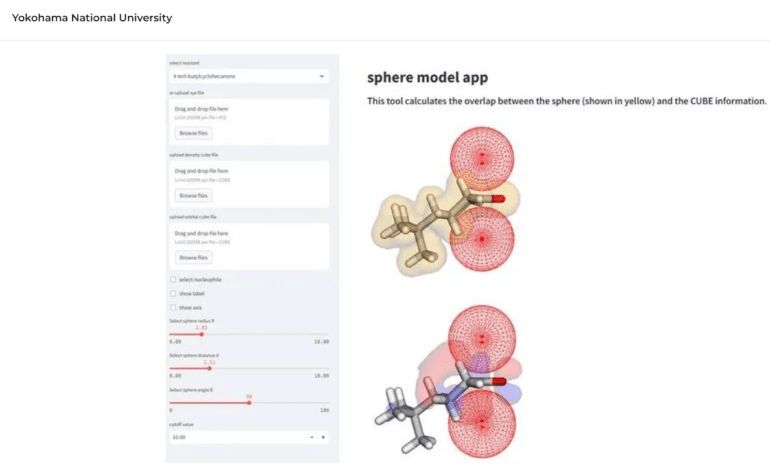- AI and machine learning redefine chemical reaction predictions, overcoming conventional limitations.
- Precision in organic chemistry hinges on factors like sterics and orbitals, influencing molecular interactions.
- Yokohama National University researchers merge chemical expertise with AI knowledge for comprehensive analysis.
- AI learning involves data assimilation from computational chemistry literature and prior studies.
- Iterative refinement through data analysis enhances the AI’s predictive capabilities.
- Study unveils varied influences of orbital and steric factors on molecular selectivity.
- Collaboration between researchers and experimental chemists promises streamlined synthesis processes.
Main AI News:
The integration of machine learning and artificial intelligence (AI) has become a pivotal force in revolutionizing the prediction of chemical reaction outcomes. Yokohama National University researchers leverage this cutting-edge technology to surmount challenges that conventional methods struggle to address.
In the realm of organic chemistry, where precision is paramount, even minute details can significantly influence how molecules interact with one another. Factors such as the arrangement of molecules, referred to as sterics, and orbital behaviors play crucial roles in determining a reaction’s outcome. Steric effects, influenced by the size or charge of molecules, dictate reactivity and shape, while orbitals delineate the likely placement of electrons, thereby affecting molecular interactions and subsequent reactions.
Harnessing AI and machine learning alongside established chemical knowledge, researchers endeavor to elucidate molecular selectivity. Associate Professor Hiroaki Gotoh emphasizes the necessity of amalgamating chemical and AI expertise to identify essential chemical information essential for AI training.
Initiating the AI learning process involved feeding the computer data gleaned from computational chemistry literature and prior studies. Through meticulous data entry and parameter optimization, the AI’s predictive capabilities were honed. By analyzing test data outcomes, the AI iteratively refines its predictions, facilitating a more comprehensive understanding of reaction mechanisms.
Daimon Sakaguchi, the study’s lead author, highlights the method’s efficacy in analyzing reaction mechanisms via the calculation of parameters simulating nucleophile approaches. The study effectively elucidated the selectivity of 323 reactions involving eight nucleophiles, discerning optimal molecular “faces” for product yield. Importantly, the research revealed varying influences of orbital and steric factors on facial selectivity across different molecules.
This amalgamation of predictive technology with established chemical knowledge not only enhances understanding but also streamlines chemical synthesis processes. By facilitating more accurate predictions, chemists can efficiently synthesize natural products and pharmaceuticals. Moreover, the collaborative efforts between researchers and experimental chemists promise further advancements in predictive technology, paving the way for more efficient reaction design and experimentation.
Conclusion:
The integration of AI and machine learning with established chemical knowledge marks a significant leap forward in the field of chemical synthesis. This revolution promises streamlined processes and more accurate predictions, opening new avenues for efficient production and collaboration between researchers and experimental chemists. As such, businesses in the chemical industry stand to benefit from increased efficiency and innovation in reaction design and experimentation.

